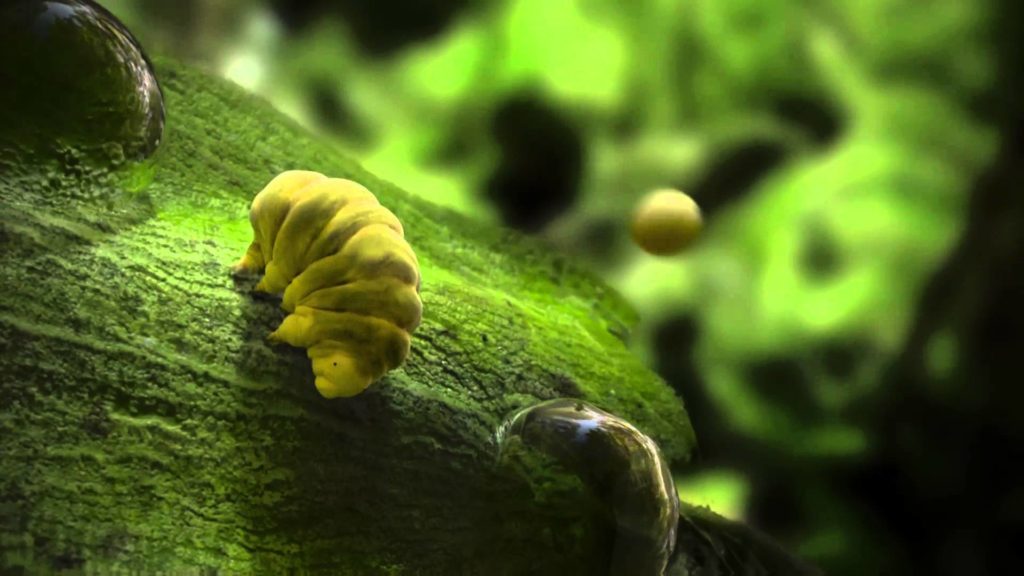WHAT DO YOU DO WHEN IT’S FREEZING? – To save themselves from freezing in hostile environments and extreme sub-zero temperatures, the tardigrades produce sugar in their bodies, which stops them from drying out fully. The animal can also form a type of endogenous bioglass, which protects important cells and proteins. This prevents the cell building blocks from being flushed from the body.
COULD A PREHISTORIC CRITTER REVOLUTIONISE MEDICINE? – They might be 540 million years old, but medicine sees them as the next great hope. Researchers are using tardigrades to develop improved methods of preserving human organs. They’ve discovered that the micro-suckers produce proteins which could be used to keep donor organs useable for longer.

CAN TARDIGRADES STOP AGEING? – All living organisms grow old someday – all except tardigrades, that is. Water bears are the only organisms that don’t follow this rule of nature. “The animals stop ageing when they are dehydrated. Life only starts ticking again when they are rehydrated,” explains biologist Ralph Schill.
30 YEARS IN HIBERNATION – Tardigrades can remain in suspended animation for years until their bodies come into contact with water and reawaken. Only recently, Japanese researchers revived two animals from a 30-year hibernation. One of the creatures was even able to lay eggs after three decades. This was possible because some females can reproduce without a partner.
HOW CAN ANIMALS GROW WITHOUT CELL DIVISION? – Most tardigrade species are born complete with fully grown cells. Unlike all other living organisms they do not grow through cell division. During the ageing process, the cells grow in size, rather than divide.














